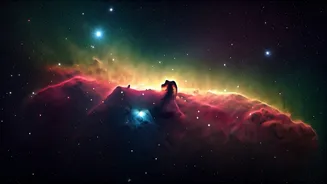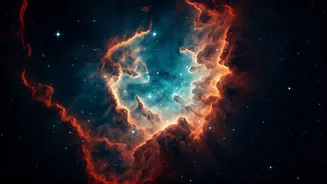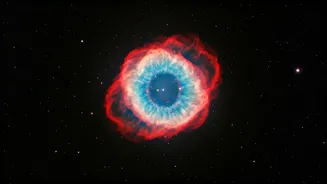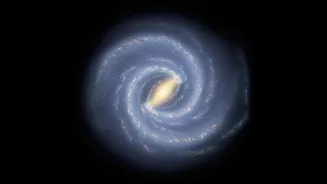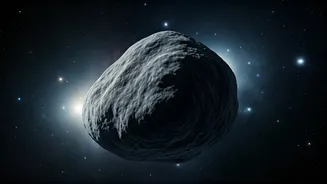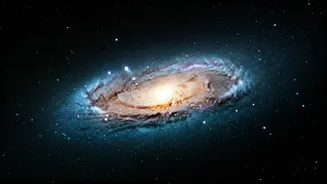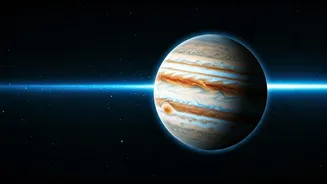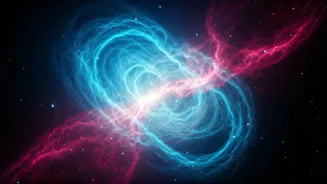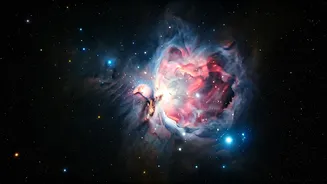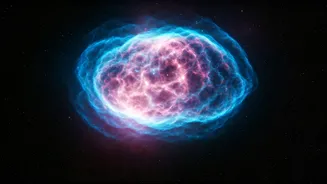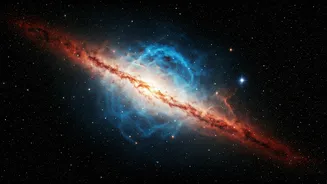Unveiling Cosmic Art
The 'Raging Baboon Nebula' has been the subject of a recent remarkable image captured by skilled astrophotographers. This visually stunning spectacle presents
a detailed view of cosmic dust, gas, and stellar activity. The nebula, a vast cloud of interstellar matter, is brought to life through light from nearby stars, painting an elaborate picture across space. This image is more than just a picture; it offers crucial insights into star formation and the dynamic nature of the universe. The nebula’s vibrant colors and intricate structures are a result of complex processes occurring over thousands of years, offering a compelling story of cosmic creation and evolution that can be seen through advanced imaging techniques.
Nebula's Shape & Forms
Nebulae, like the 'Raging Baboon,' have a wide variety of shapes and forms, each influenced by their unique environments. The shapes can vary widely, with some exhibiting symmetrical formations while others possess chaotic, irregular patterns. Stellar winds, radiation, and the gravitational pull from stars within or near the nebula are the primary factors shaping these expansive structures. These forces shape the distribution of gas and dust, creating complex patterns of density and color that define the nebula's visual appearance. Moreover, the colors observed in nebulae arise from the elements they are composed of, each emitting light at distinct wavelengths when excited by stellar radiation. The composition includes hydrogen, helium, and other heavier elements, further enhancing the artistic tapestry of the cosmos.
Stellar Interactions Defined
The 'Raging Baboon Nebula' is a site of active interaction between stars and their surroundings. Young, hot stars within the nebula emit intense radiation that energizes the surrounding gases. This process is crucial in shaping the nebula’s structures, as the radiation erodes and sculpts the gas and dust. Stellar winds, streams of particles expelled from stars, also play a key role in the formation of structures such as filaments and bubbles within the nebula. The interplay of stellar radiation, winds, and the nebula’s initial distribution of matter produces a visually complex environment. The intricate patterns observed within nebulae reflect the dynamic relationships between stars and their birth environments, offering a window into the life cycle of stars.
Astrophotography's Role
Astrophotography plays a crucial role in capturing and understanding nebulae. Through advanced equipment like telescopes and specialized cameras, astrophotographers can record light that is invisible to the human eye. This allows them to uncover the hidden characteristics of nebulae. Modern techniques, such as narrowband imaging, are used to highlight specific elements within the nebula, revealing details otherwise unseen. Images are frequently enhanced using digital processing techniques, increasing contrast and highlighting the intricate structures present. Astrophotography serves not just as a visual representation but also as a powerful tool for scientific inquiry. The pictures that are captured provide scientists with data on the physical properties and the processes occurring within the nebulae, contributing to our understanding of the universe.
